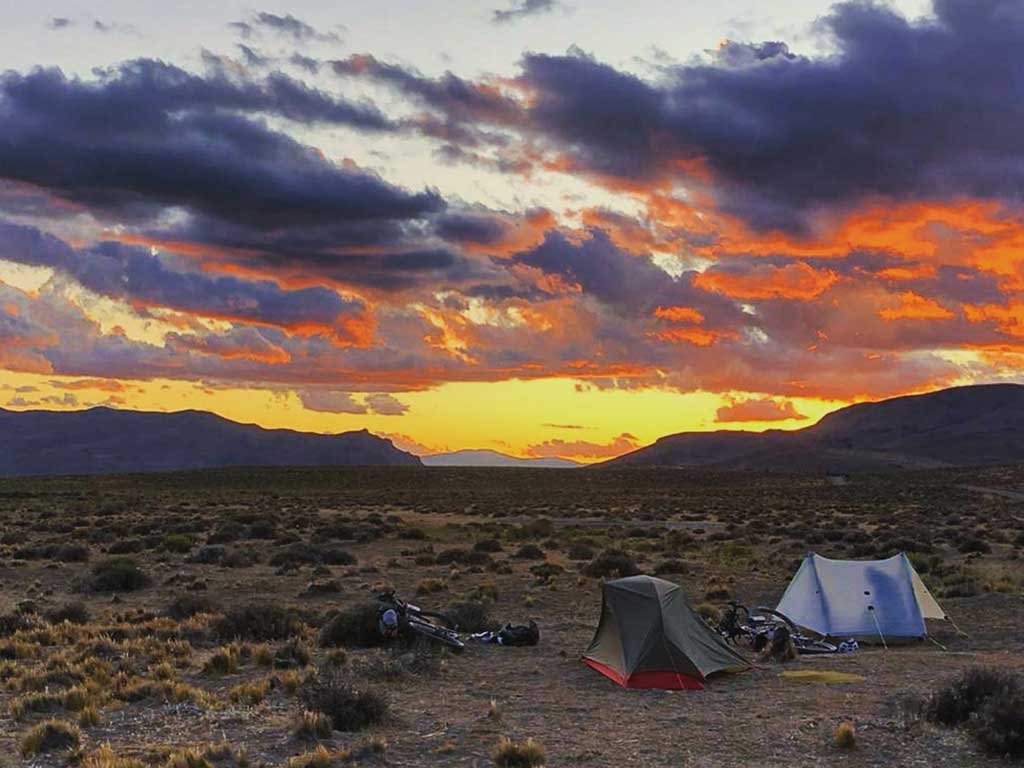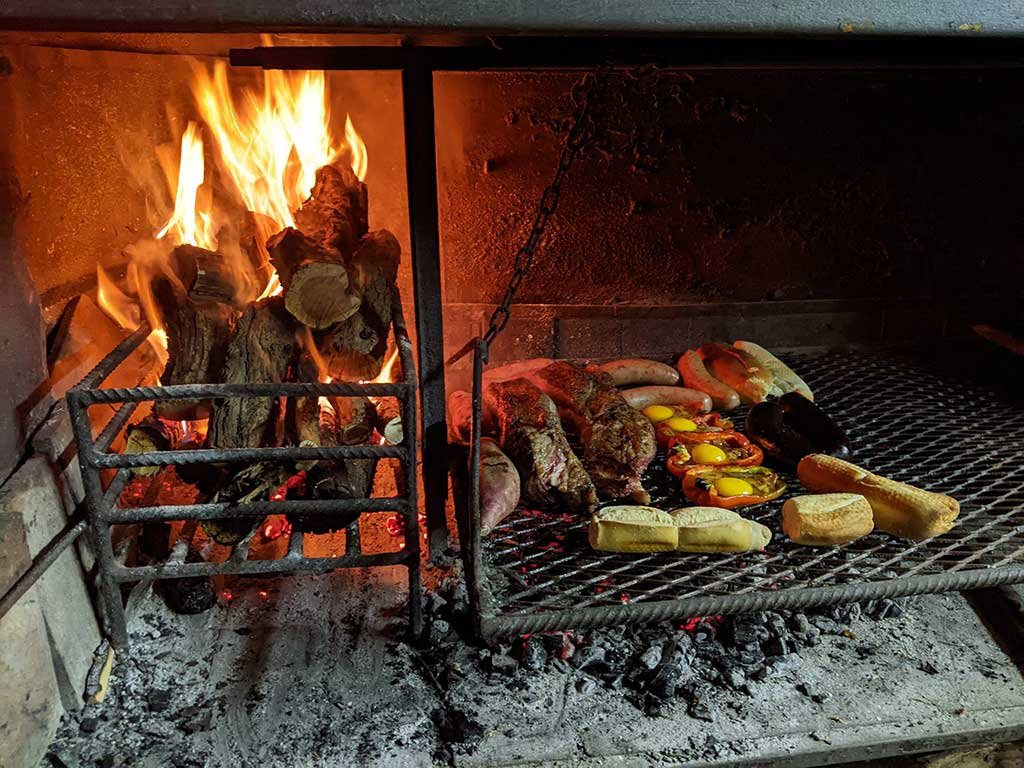GUANACOS LOOP CHALLENGE
GUANACOS LOOP CHALLENGE
Distance:

377 Km
Estimated time:
 8 Dias
8 Dias
Difficulty:
 4
4
HOW TO RATE THE DIFFICULTY OF A ROUTE OR A BICYCLE CIRCUIT?
TECHNICAL DIFFICULTY:
1- Very easy: A very easy circuit, is suitable for people who can ride a bike on flat asphalt roads and then stop without stumbling. You must have basic notions of braking and shifting. You must have sufficient balance to ride the bike in a straight line without making sudden involuntary maneuvers to the sides.
2- Easy: to pedal on an easy circuit you need to have fluid shifting management that allows you to climb an asphalt slope or pedal on a flat surface without making greater effort, optimizing the energy of your legs at all times. You must also know how to differentiate and use both brakes correctly, the front and the rear.
3- Intermediate: to pedal a circuit of intermediate difficulty, you must master the skills mentioned above, both on asphalt and gravel roads and on low difficulty trails. You must also have an understanding of the correct body position on different terrains and braking precision on slippery terrain and on descents. It is important that you skillfully handle the gear change, both the plates and the sprockets.
4- Difficult: a difficult circuit is suitable for experienced cyclists who know how to pedal on uneven terrain with obstacles, climbs, descents and adverse conditions, such as mud, sand or stones. The cyclist must have good control and control the bicycle at all times, optimizing performance through precise use of gears. It is also necessary to understand how to take advantage of the acceleration of descents to successfully overcome dirt climbs and obstacles such as logs or loose rock.
5- Expert: to master an expert level circuit, it is necessary to train regularly and have physical strength. The pilot must be able to perform jumps and maneuvers at high speed without losing control at any time. It is necessary to master all pedaling, turning and braking techniques on narrow trails with steep slopes of more than 30%, and know how to avoid obstacles such as steps, rocks, roots and slippery ground with mud or dust.
PHYSICAL DIFFICULTY:
We cannot rate the physical difficulty of a bike route, since it strictly depends on the level of training that each person has. As a reference we can say that 35 kilometers by bike is approximately equivalent to 10 kilometers on foot. Circuits with many meters of ascent and gravel surface are more demanding from a physical point of view. In conclusion, we can affirm that a person with an average training, can pedal a distance of 35 to 45 kilometers without major inconvenience, during a period of 4 to 5 hours including rest stops.
If you opt for an e-bike, the physical effort decreases considerably, up to 60% less depending on your riding and pedaling skills.
Unevenness:

4.348 mts
Asphalt:
 43 %
43 %
Gravel:
 57 %
57 %
For Ebikes:
 no
no
The Guanacos loop challenge is a circular trip, which extends between the towns of Bariloche and Epuyén.
The route combines rural double tracks that cross the magnificent Patagonian steppe, with established secondary roads that run alongside crystalline rivers of the exuberant Andes Mountains. As such, it offers an incredible variety of landscapes and colors.
The circuit can be ridden in both directions. The steppe section is the most complex, dry and windy. From Bariloche to Ñorquinco there are 120 kilometers of gravel and rural doubletracks without supply points. If you decide to start in this direction, you must stock well before departure. The prevailing wind is from the northwest. Use this information to choose well your starting direction.
Click on “See Route” to download the circuit and see all the details. The stages are painted in different colors. Suggested time: 8 days
Route recommended for experienced cyclists


















